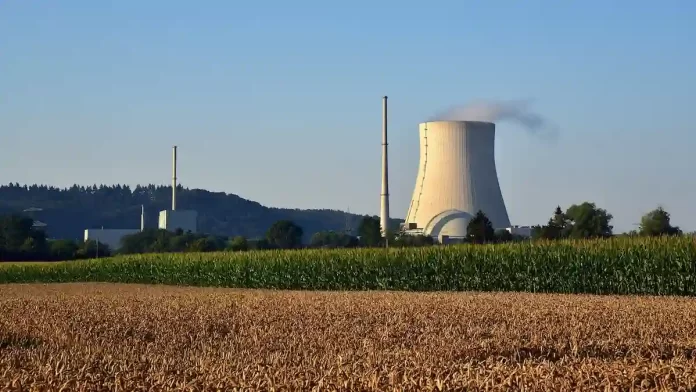India’s nuclear program has been a subject of global attention and scrutiny due to its dual nature of being a nuclear weapons state and a participant in international nuclear commerce.
The distinction between nuclear reactors under International Atomic Energy Agency (IAEA) safeguards and those outside this framework reflects India’s complex position in the international nuclear arena.
This article aims to unravel the reasons behind the classification of some nuclear reactors in India under IAEA safeguards while others remain outside this purview.
1. Nuclear Non-Proliferation Treaty (NPT) Status
India has not signed the Nuclear Non-Proliferation Treaty (NPT), a landmark international treaty aimed at preventing the spread of nuclear weapons.
Being a non-signatory, India is not obligated to place all its nuclear facilities under IAEA safeguards, which are a central tenet of the NPT.
The decision to keep certain reactors outside safeguards is, therefore, a strategic choice reflecting India’s independent nuclear policy.
2. Civil-Military Separation
India follows a policy of separating its civilian and military nuclear facilities. Under this policy, certain reactors designated for civilian purposes, such as power generation and research, are placed under IAEA safeguards to assure the international community of their peaceful intent.
Meanwhile, military reactors, primarily dedicated to the production of fissile material for weapons, are kept outside the safeguards framework to maintain strategic autonomy in defense capabilities.
3. Energy Security and Indigenous Development
India’s growing energy needs have driven the expansion of its nuclear power program.
To ensure energy security and promote indigenous development, India has constructed and operates a mix of safeguarded and non-safeguarded nuclear reactors.
Safeguarding specific reactors allows for international cooperation, technology transfer, and access to nuclear fuel, fostering collaboration with other nations in the peaceful use of nuclear energy.
4. Influence of the Indo-U.S. Nuclear Deal
The landmark India-U.S. Civil Nuclear Agreement, signed in 2008, played a significant role in shaping the status of India’s nuclear reactors.
Under the deal, India agreed to separate its civilian and military facilities and place the former under IAEA safeguards.
In return, the U.S. and other countries lifted nuclear-related sanctions and facilitated India’s participation in global nuclear commerce. This agreement influenced India’s decision on which reactors would be safeguarded.
5. Assurance of Fuel Supply
Safeguarding certain reactors provides India with assurances of a consistent supply of nuclear fuel from the international market.
This is particularly important for the efficient functioning of civilian reactors, which are integral to India’s energy mix.
The assurance of fuel supply under safeguards mitigates concerns about fuel availability and contributes to the sustainability of India’s nuclear power program.
6. Strategic Autonomy
Keeping some nuclear reactors outside IAEA safeguards is linked to India’s pursuit of strategic autonomy in its nuclear policy.
While engaging with the international community on civil nuclear cooperation, India seeks to maintain control over its strategic assets and preserve the ability to respond to evolving security dynamics in the region.
Conclusion
India’s decision to place certain nuclear reactors under IAEA safeguards while keeping others outside this framework is rooted in a complex interplay of strategic, energy, and geopolitical considerations.
The nuclear landscape in India reflects a delicate balance between engaging with the global community for civil nuclear cooperation and maintaining autonomy in its defense capabilities.
As India continues to expand its nuclear program, the classification of reactors will likely remain a dynamic aspect of its broader nuclear policy, subject to evolving international relations and the nation’s energy security imperatives.
